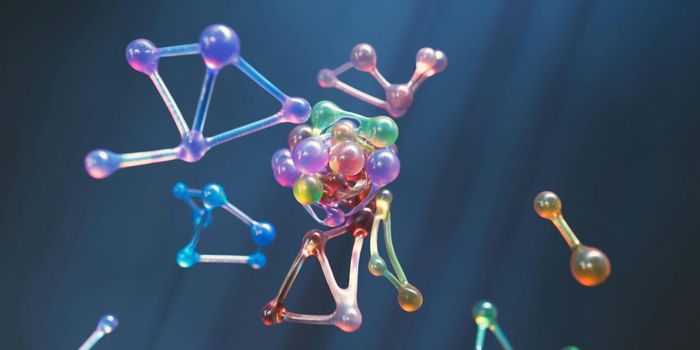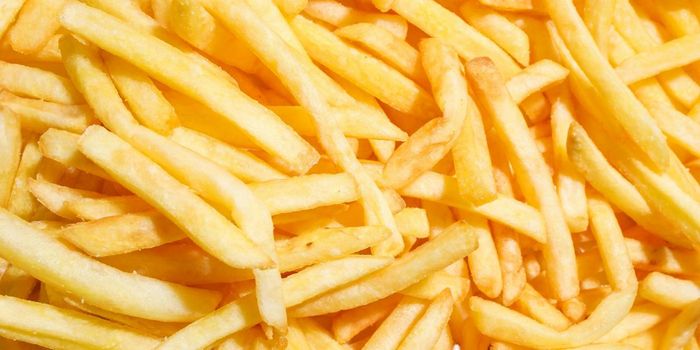Proportion of Neurotransmitters in the Brain Predict Math Ability
According to researchers at the University of Oxford in the UK, the proportion of two common neurotransmitters in the brain can predict a person's math ability. The study was published in PLOS Biology.
Gamma-aminobutyric acid (GABA) is the primary inhibitory neurotransmitter in the central nervous system, meaning it decreases a neuron's likelihood to fire. On the other hand, glutamate is an excitatory neurotransmitter, meaning it increases the chance that neurons will fire. Both neurotransmitters are related to learning; however, little is known about how they relate to complex learning over time.
For the study, the researchers recruited 255 people from six years old to college age. The researchers used MRI scans to assess the particpants' levels of GABA and glutamate in the brain as they watched the LEGO movie. The participants also took assessments that measured their arithmetic ability, cognitive ability, and behavior. Both neuroimaging and functional tests were repeated a year and a half later.
In the end, the researchers found that among younger people, higher levels of GABA in the left intraparietal sulcus of the brain were associated with greater mathematical ability and that the reverse was true for glutamate levels.
However, the results were the opposite for adults. Lower levels of GABA predicted a higher math ability in adulthood and the reverse for glutamate. The researchers also found that neurotransmitter levels taken in the first instance could predict neurotransmitter levels a year and a half later.
"Our finding of developmental switches in the link between GABA and glutamate and academic achievement highlights a general, unknown principle of plasticity," said Roi Cohen Kadosh, one of the lead authors of the study.
"In contrast to previous studies on humans or animals that focused on narrower developmental stages, our cross-sectional-longitudinal study suggests that the link between plasticity and brain excitation and inhibition across different stages is unlikely to be immutable. Our findings have also important implications for the development of brain-based interventional programs, which we hope to examine in the future," he added.
Sources: PLOS Biology, NCBI, SciTech Daily









